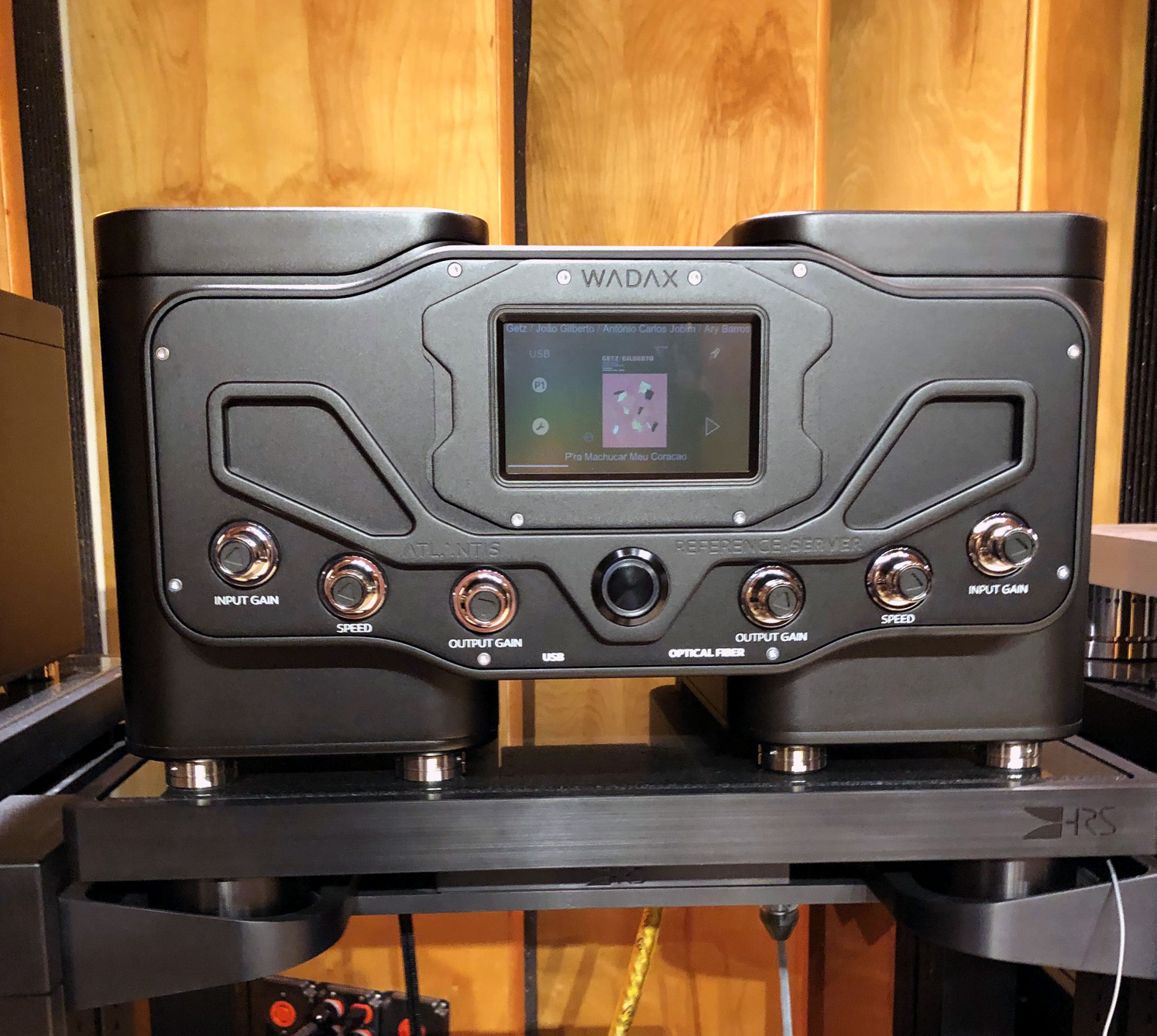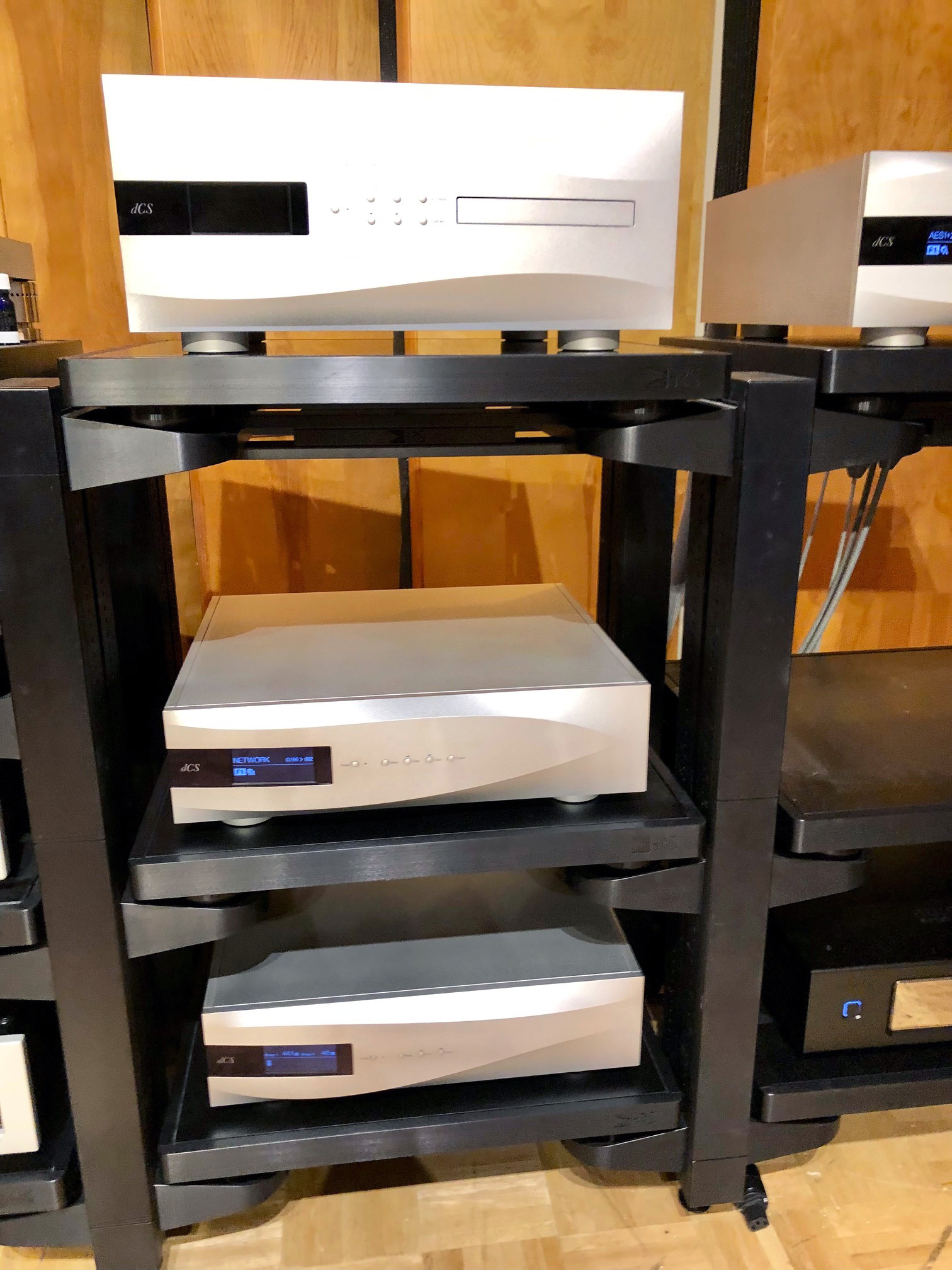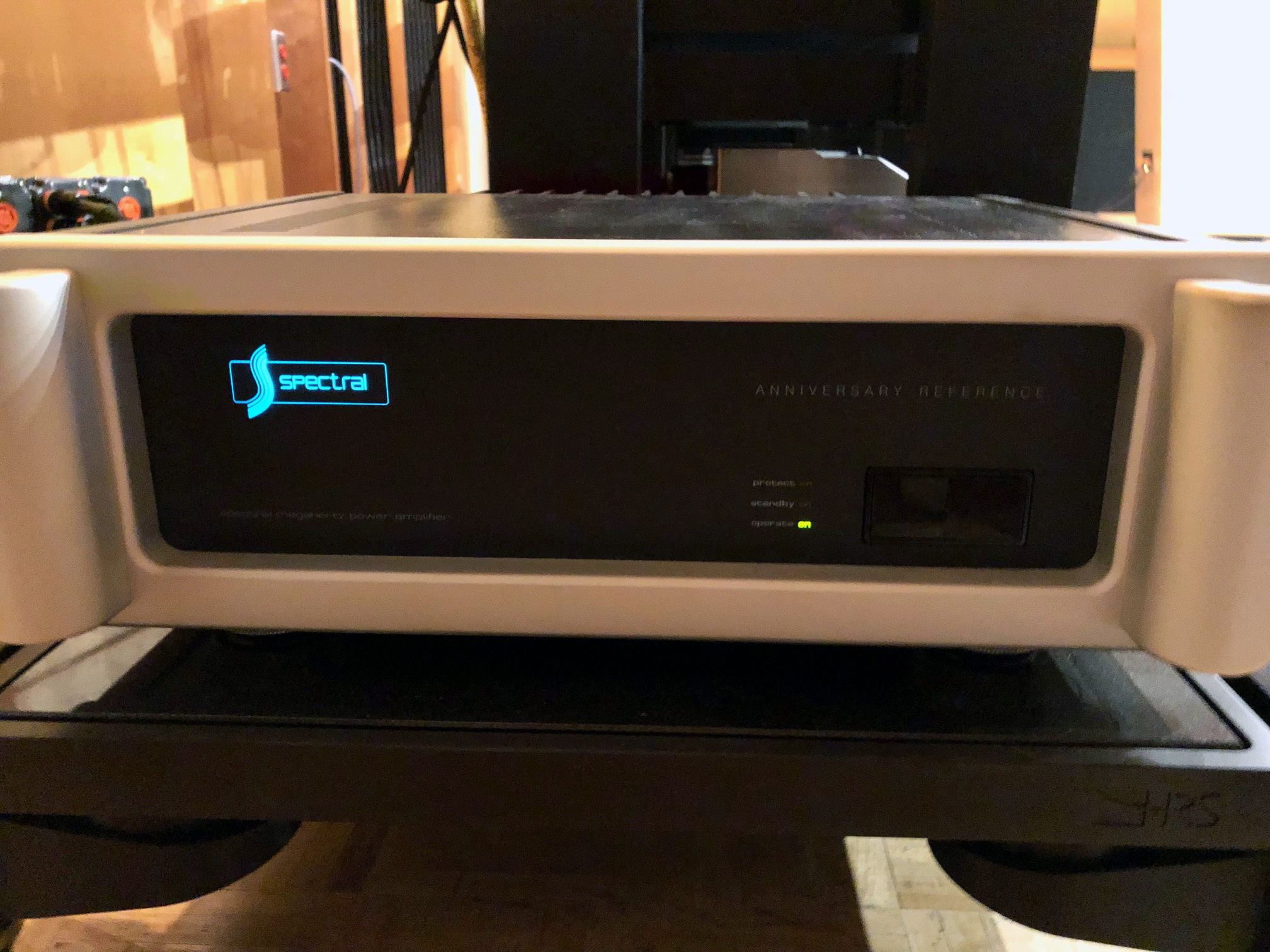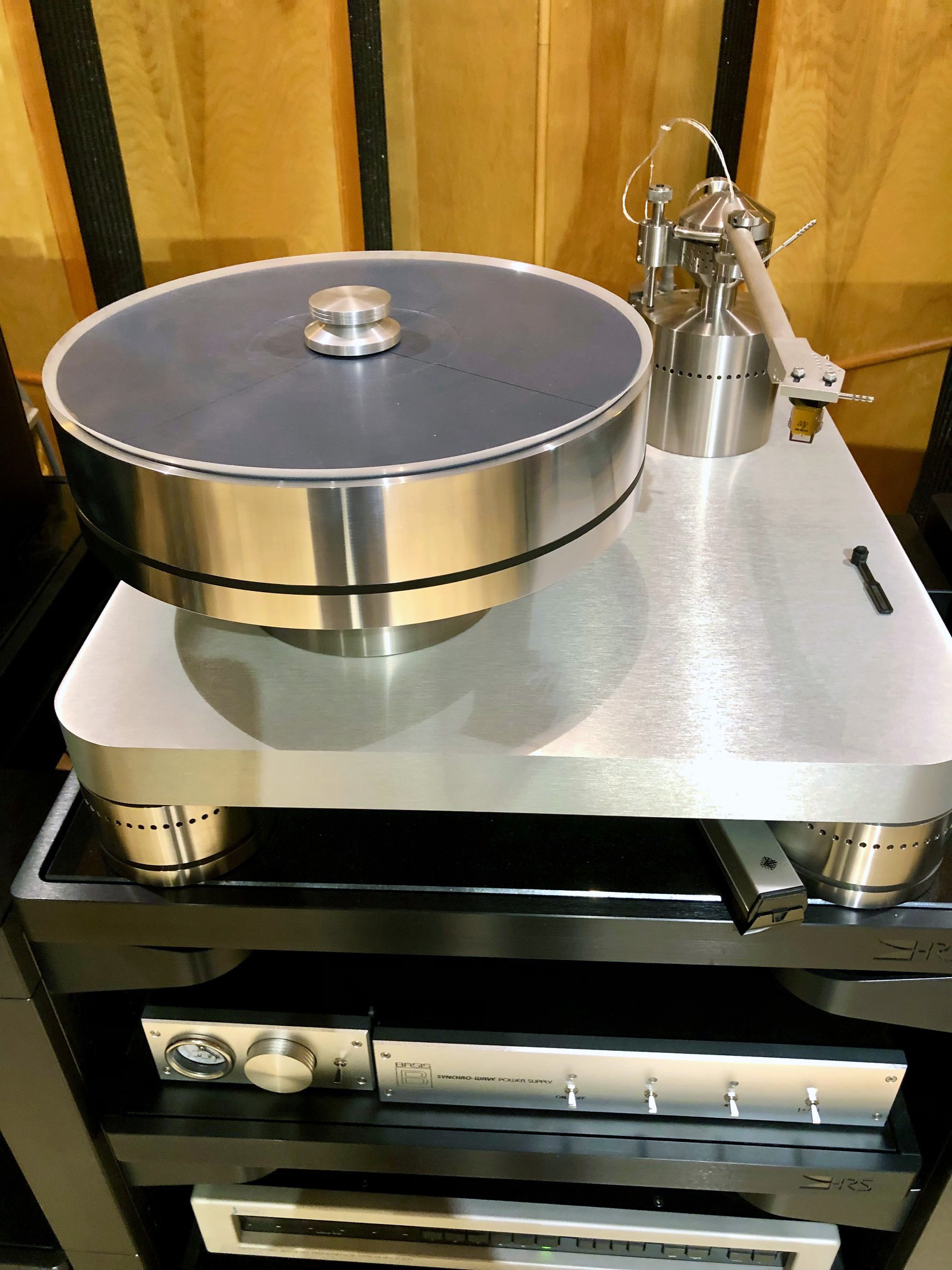The Sound
Irrespective of the front end used, the system was exceptional in creating a large sound space with a high degree of dimensionality and realistically-sized stable instruments and voices. The purity and intelligibility of voices was a key feature of the sound. This was an extremely high-resolution system with excellent bass reinforcement and a sweet, extended treble and warm midrange. Not surprisingly, it was quite easy to differentiate among the four front ends used.
Wadax Atlantis Reference
I had no prior experience with the Wadax Atlantis Reference and no preconceived notions about how it would sound. It was stunning, almost indistinguishable from the best analog. Female voices on the Rutter Requiem had a purity that is difficult to achieve in any recorded media. The soundstage was large with believable placement of the singers and orchestra. The organ had substantial weight but never took away from the voices. Resolution, clarity, and separation were excellent.
We then switched to Breaking Silence. Again, the physical separation of the voices and instruments was exquisite. Janis Ian’s voice, particularly on the title cut, was seductive and the background singers very well differentiated. The sound on Jennifer Warnes’ Famous Blue Raincoat was clean and free of any distortion or digital artifacts with all voices well differentiated. The raspiness of Leonard Cohen’s voice came through very distinctly as did subtle details. The sound of The Well was equally good with the decay of the cymbals being worthy of mention.
However, it was not just the resolution and clarity that separated the Wadax from what was to follow. In addition, the sound was more palpable with more of a sense of being able to reach out and touch the performers. The stage was multi-dimensional with depth and roundness; images had body.
dCS Vivaldi Apex
At this point, we switched to the dCS stack, which had the latest Apex upgrades. Voices were more recessed, lacking the complexity heard on the Wadax, and they sounded noticeably thinner. The choir on the Rutter was not nearly as well differentiated. There was noticeably less spatial information with a soundstage that was noticeably smaller.
Spectral CD Player
The Spectral differs from the other two digital front ends in that it automatically decodes CDs that are encoded with the Pacific Microsonics HDCD coding, which in theory should provide it an advantage with to the Reference Recordings digital media that use that encoding. In fact, on the Reference Recordings Rutter Requiem, the Spectral CD player was much closer to the Wadax than was the dCS. Female voices, particularly the soloist’s, were very nice. Voices of the choir were also better differentiated than with the dCS but not as well as with the Wadax. Breaking Silence was also well served; however it lacked the slam and resolution of the Wadax. Imaging was quite good with a very wide stage and excellent depth.
Basis Transcendence Turntable
Finally some analog, though unfortunately not with the same music. On Tiger Lilly, Natalie Merchant’s voice is, for want of a better word, creamy. Imaging was believable with a nice spread right to left. Rhythm was good with excellent bass impact and low-level detail. We ended the listening session with Yes’s Fragile, which has always been one of my favorites. This is a really complex piece of music, and the Transcendence was very clearly able to sort out everything happening. The soundstage was huge, as you would expect, yet the acoustic guitar remained lifelike and was never lost in the mix.
Final Thoughts
So, what were the takeaways from this experience? First that a knowledgeable dealer and the opportunity to audition equipment in a neutral environment is extremely helpful. This is not to say that reviews do not have significant value in narrowing down your choices and pointing you in the right direction. Second, I cannot stress the importance of a good listening room. Acoustics is a complex science. My friend Charles is an architect but found that he benefitted significantly from consulting experts. While most of us do not have the ability to build a dedicated room, existing spaces can often be improved dramatically with room treatments. Finally, the best digital is, in many instances, almost indistinguishable from analog.
Postscript
After writing this article, I asked my buddy Charles if he had any additional thoughts. His comments were as follows:
“I have been away from my music room for almost two years while my house has been under construction. Not having regular access to music has been a challenge and my ear is not as attuned to the sound of my components as it was when I was able to listen more frequently. This was my third trip to Goodwin’s High End. I was again struck by the listening room’s lack of any discernible colorations and its tonal neutrality. The music emanates from the source naturally and in a manner that is reminiscent of the finest concert halls, and, in a way, that is where you are transported.”
Copy editor: Dan Rubin
- ← Previous page
- (Page 2 of 2)





the new extremes in digital
appears to be closing in on what analogue can achieve…